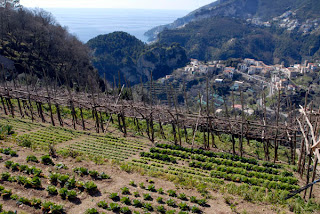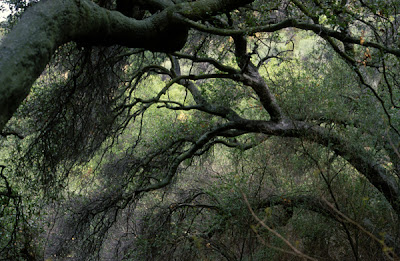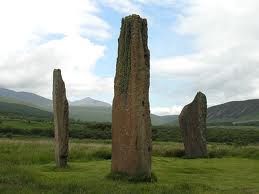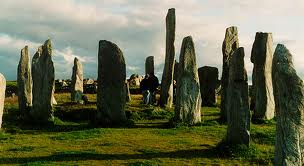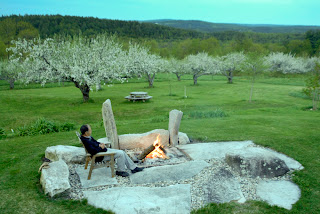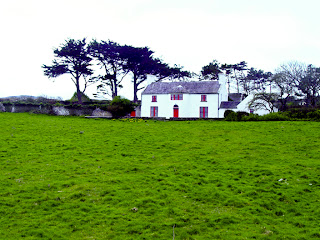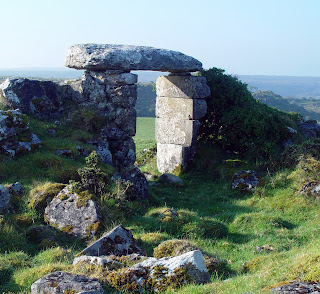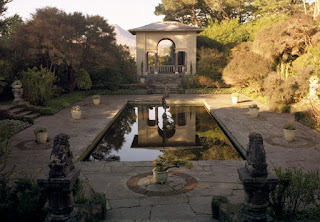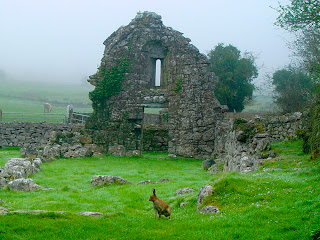Imagine that you are the writer and director of a play or movie (no pressure). In this case, the stage is your yard and the actors are the trees and shrubs and flowers. Generally speaking, your company has some veterans, actors who have been around awhile but admittedly can play only the roles they are used to. These are the trees. You may have one or two stubborn actors; scraggly trees, harassed by deer or ice-broken, who have lost the energy to grow. You’d like to cut them from the company because they mess up their (or your) lines and need to retire but they don’t know it.
If you’re fortunate you have at least one stellar actor who seems to hold the whole company together no matter what audience shows up and now matter what script you throw at it. This is your sentinel tree or your specimen tree, the hallmark of your productions. You might have some young ones who are coming up in the ranks and may someday challenge the veteran for its place, but for now they are saplings standing on the sidelines.
 Next come the supporting actors, the shrubbery, as they might be called. They require few lines but need some pampering and care to perform at their best. Do not underestimate their value. There’s many the leading actor that can credit the best performances to the roles of the supporting actors. You may also think of groups of supporting actors as playing a significant role in the unfolding script that you have written (or are desperately trying to write before the production deadline).
Next come the supporting actors, the shrubbery, as they might be called. They require few lines but need some pampering and care to perform at their best. Do not underestimate their value. There’s many the leading actor that can credit the best performances to the roles of the supporting actors. You may also think of groups of supporting actors as playing a significant role in the unfolding script that you have written (or are desperately trying to write before the production deadline).Then you’ve got the extras, let’s call them the color. Crowds of silent or murmuring perennials or annuals that give the whole shebang flavor. Sometimes we bring in extra extras when the script needs last-minute help. This occurs around the end of June and coincides with the clearance sales at nurseries. A drive-by pick-up of extras can be a wonderful, curative event.
No production is complete without lighting. A perfect opening scene might include a light fog at sunrise, shafts of sun landing on the blooming shrubs, the backdrop of forest reduced to a soft dark-green veil. Hopefully, sunset lights the garden with the finality of a romantic kiss or a cathartic reunion.
Last year you launched a drama. After a bright and colorful opening (daffodils, forsythias, lilacs), the script took an ominous turn as weather and somber dialogue had the audience wonder if a tragedy was in store. However the cast turned out in the end with a rousing (and long) finale that left you inspired and exhausted.
This year it’s a mystery piece. It’s early yet. Walk around the garden and pick up the clues. Step back inside, check the script and perhaps make some last-minute changes in the cast. Break a stick!








